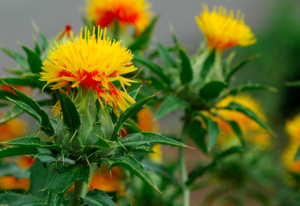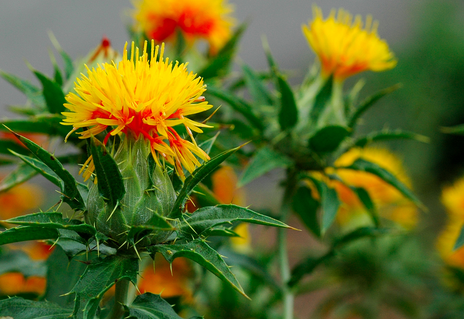October 3-7, 2016 recognizes the 3rd annual Brain Health Awareness Week at the uOttawa Brain and Mind Research Institute (uOBMRI). The Seekers Centre supports uOBMRI’s efforts to reach out to the community to raise awareness for brain research. For more information, please visit www.brainhealthawarenessweek.ca
 I married into a Persian family, which introduced me to the alluring flavor and aroma of saffron. Some of the best saffron in the world comes from Iran, where it is prized and used in many foods. It comes from tiny red threads that hang from Crocus flowers. The threads from 4500 plants must be collected to produce a single ounce of saffron.
I married into a Persian family, which introduced me to the alluring flavor and aroma of saffron. Some of the best saffron in the world comes from Iran, where it is prized and used in many foods. It comes from tiny red threads that hang from Crocus flowers. The threads from 4500 plants must be collected to produce a single ounce of saffron.
Saffron was a treasure in the ancient world. Hippocrates, the famous Greek physician, used it to treat many ailments. Arab physicians performed surgery using saffron as an anesthetic. It was brought to Europe by Moors in the 10th century. It was so precious there that when three dealers were found to be selling fake saffron in Germany, they were burned at the stake.
There are about 150 different compounds in saffron. One group, called ‘glycoside polyene esters’, are believed to be the most important, and they have very interesting effects. Test tube and animal studies have shown that they protect the brain from many different kinds of injury. They have also shown positive effects on hormone balance and organ damage, improving fertility, libido and heart, kidney, liver and intestinal health.
A recent clinical trial suggests that crocin, the most active ingredient in saffron, may be useful in treating depression. This study involved 40 people with depression treated at the Ibn Sina Hospital in Mashad, Iran. They were divided into two groups, all taking one capsule twice daily for four weeks. One group had capsules containing 15mg of chronic, and the other had a placebo. After 4 weeks, there were impressive changes between the two groups in questionnaires measuring depression and overall health. This was a small study and the data is weak, but the results were impressive.
More research is needed before recommending crocin as a natural medicine. Until then, consider trying saffron and see for yourself. Put some in your diet this month and see if it improves your mood, your energy, your pain or your sleep. There are clear, short instructions for finding it and using saffron here.
If you are really keen on saffron, you might want to visit Pur Safran. They are Canada’s first saffron farm, between Montreal and Quebec City. Their annual harvest is on display throughout October.

